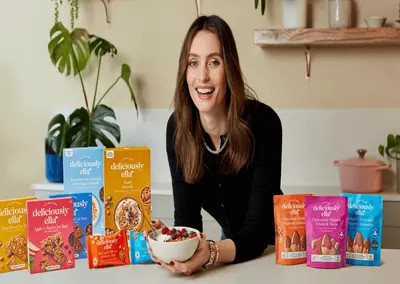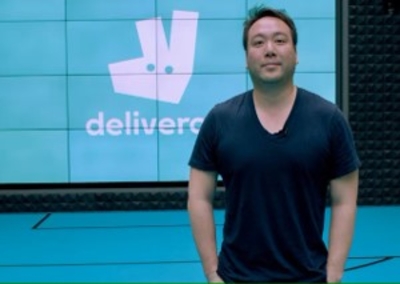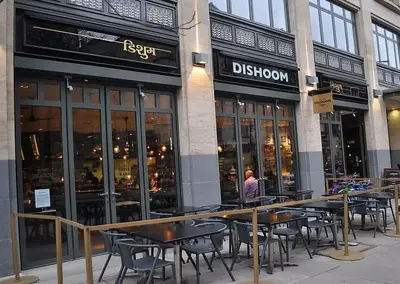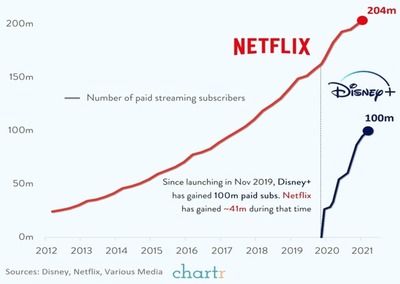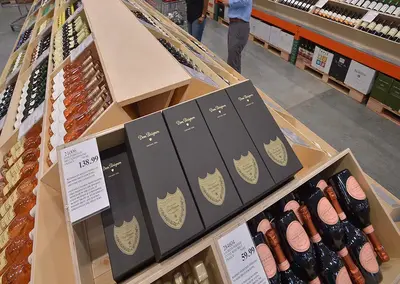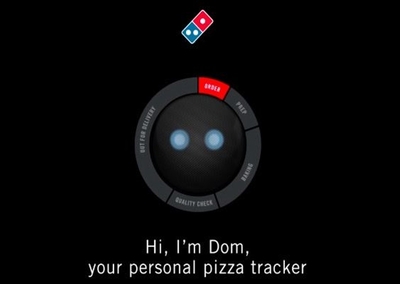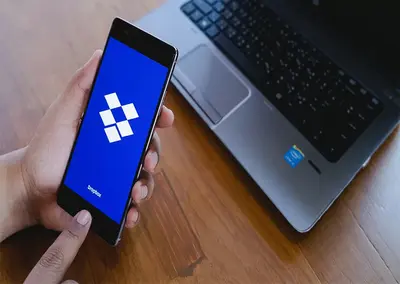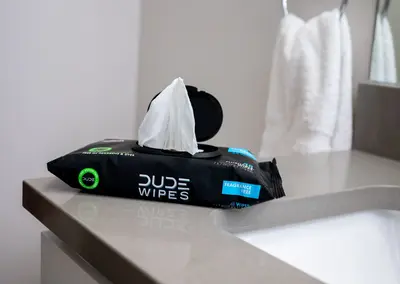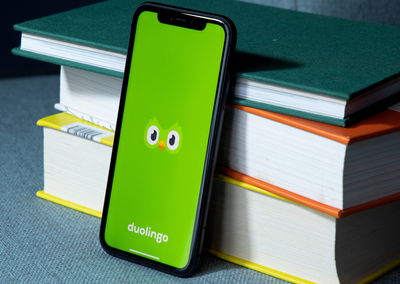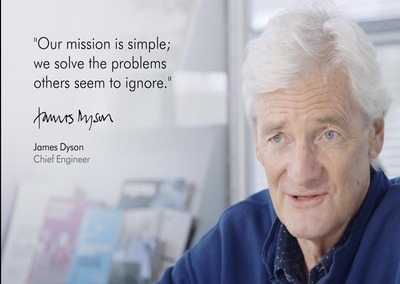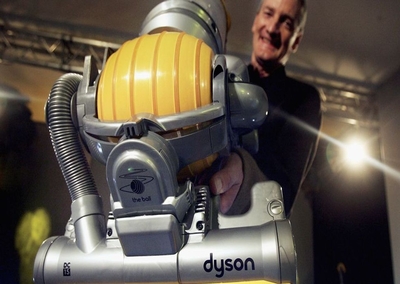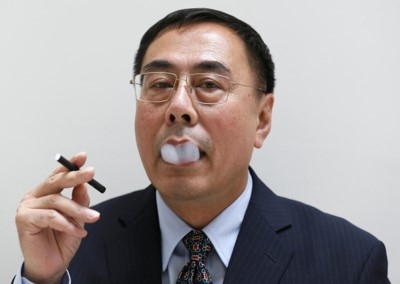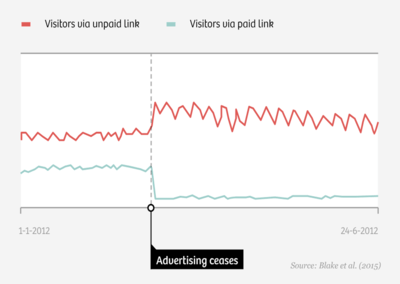Côte Brasserie recently launched a range of £10 mains on Monday to Friday. A great offer, made even better because of its clever framing: the meal is more affordable than a range of (often needless) items you buy.
Business & Brands
Ella Mills founded the nutrition brand Deliciously Ella after she was incapacitated by PoTS (postural orthostatic tachycardia syndrome). Several hospital admissions and 25 types of medication failed to alleviate her suffering. It was only when she radically altered her diet, cutting out gluten and refined sugar, that she noticed improvements.
Deliveroo came from an investment banker who wanted better delivery options when he was working late at the office.
Chain restaurants scale by offering a consistent experience, but Dishoom bucks the trend; each restaurant has a unique story behind it, informing everything from the décor and music to the lighting and bar menu. For example, the King’s Cross design is based on the events of the Indian independence movement, with old anti-colonial posters on the walls. This approach requires more time and thinking, but it undoubtedly contributes to the restaurant’s cult following.
It took Netflix 10 years to reach 100 million subscribers. It took Disney Plus just over one, thanks to Disney’s incredibly strong, century long, brand equity. (Though admittedly Netflix has won the streaming wars for the time being – leading the market with 300 million subscribers.)
Dom Pérignon is synonymous with luxury, but it still needs to reach a big audience. The discount retailer Costco sells more bottles than any other retailer in the US.
To solve the challenge of quick and easy delivery, Domino’s Pizza turned to those doing it best: ecommerce leaders. Taking learnings from players like Amazon, it allowed customers to save an ‘easy order’ that they can request in just a few clicks, and created the Domino’s Tracker – the first food delivery service to update customers on their pizza order in real time.
For years, Domino’s Pizza had a promotion that guaranteed delivery within 30 mins or the pizza was free. But it meant delivery drivers often sped to make the deadline which caused a number of accidents, with one crash victim suing Domino’s for $79m. The chain shut the promotion down, citing “public perception of reckless driving and irresponsibility.”
In the early days of Dropbox, 60% abandoned the service and the team couldn’t figure out why. So they offered $40 to a man on Craigslist to use it in person, and quickly found people couldn’t understand seemingly basic features.
It isn’t actually a brand for dudes: 50% of its buyers are women, who choose the brand over traditional toilet paper mostly because it cleans better.
Duolingo employees don’t talk about ‘MVPs’ (Minimum Viable Products) during the design process – they talk about ‘V1s’. The logic? “MVPs often have a lower standard of quality and can be used as an excuse to ship subpar work. V1s, on the other hand, are polished. They may not have all the bells and whistles, but they meet our bar.” A small but subtle tweak that reminds the team to always deliver excellence.
James Dyson doesn’t talk about household appliances to describe his products – he talks about solving problems others seem to ignore. This has given him licence to expand into a range of categories beyond vacuum cleaners, most notably hair dryers.
James Dyson re-invented vacuum cleaners without a background in engineering. He came up with the idea of a bagless vacuum after seeing how sawmills used cyclone force to eject sawdust, and his knowledge of furniture and interior design helped him create a successful prototype.
Hon Lik invented the e-cigarette in an attempt to kick his own smoking habit. Unfortunately, he’s now a dual user.
In 2011, Insiders at eBay were convinced their Google search ads were increasing website traffic. After all, the data showed that the more money spent on these ads, the more people clicked on the link to the eBay website. In reality, the ads weren’t causing more people to click on the link – they were simply guiding a growing number of people who were already looking for it. eBay eventually switched off the advertising and found a negligible impact on traffic.

